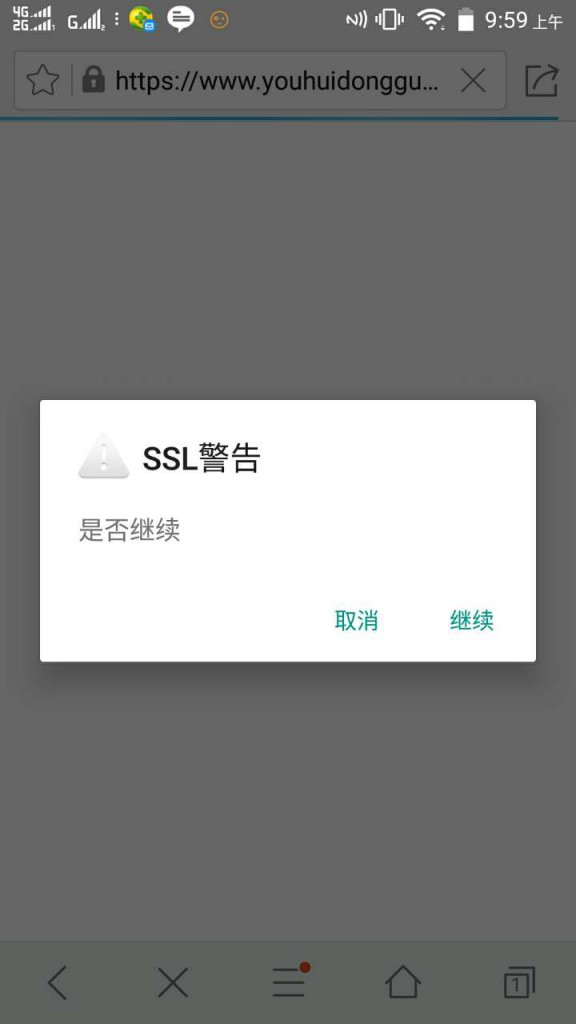https:
try{
StringBuffer reultBuffer = new StringBuffer();
KeyStore keyStore = KeyStore.getInstance("PKCS12");
FileInputStream instream = new FileInputStream(new File("/home/certificate/apiclient_cert.p12"));
String passwordssss=mch_id;
keyStore.load(instream, passwordssss.toCharArray()); //证书密码
instream.close();
SSLContext sslcontext = SSLContexts.custom().loadKeyMaterial(keyStore, passwordssss.toCharArray()).build(); //证书密码(初始是商户ID)
SSLConnectionSocketFactory sslsf = new SSLConnectionSocketFactory(sslcontext,new String[] { "TLSv1" },null,SSLConnectionSocketFactory.BROWSER_COMPATIBLE_HOSTNAME_VERIFIER);
HttpPost httpPost = new HttpPost("https://fraud.mch.weixin.qq.com/risk/getpublickey");
CloseableHttpClient httpclient = HttpClients.custom().setSSLSocketFactory(sslsf).build();
httpPost.setHeader("Content-Type", "text/xml; charset=UTF-8");
httpPost.setEntity(new StringEntity(str_lingqian.toString(),"UTF-8"));
CloseableHttpResponse response = null;
InputStream inputStream = null;
InputStreamReader inputStreamReader = null;
BufferedReader bufferedReader = null;
try {
response = httpclient.execute(httpPost);
HttpEntity entity = response.getEntity();
if (entity!=null){
inputStream = entity.getContent();
inputStreamReader = new InputStreamReader(inputStream,"UTF-8");
bufferedReader = new BufferedReader(inputStreamReader);
String str = null;
while ((str = bufferedReader.readLine()) != null) {
reultBuffer.append(str);
System.out.println(str);
}
}
} catch (ClientProtocolException e) {
e.printStackTrace();
} catch (IOException e) {
e.printStackTrace();
}finally{
httpclient.close();
response.close();
bufferedReader.close();
inputStreamReader.close();
inputStream.close();
inputStream = null;
}
Document document = DocumentHelper.parseText(reultBuffer.toString());
Element rootElm = document.getRootElement();
if(rootElm.elementText("return_code").toString().equals("SUCCESS") && rootElm.elementText("result_code").toString().equals("SUCCESS") ){
pub_key = rootElm.elementText("pub_key").toString();
System.out.println("pub_key = "+pub_key);
}else{
return status;
}
}catch(Exception e){
e.printStackTrace();
}
